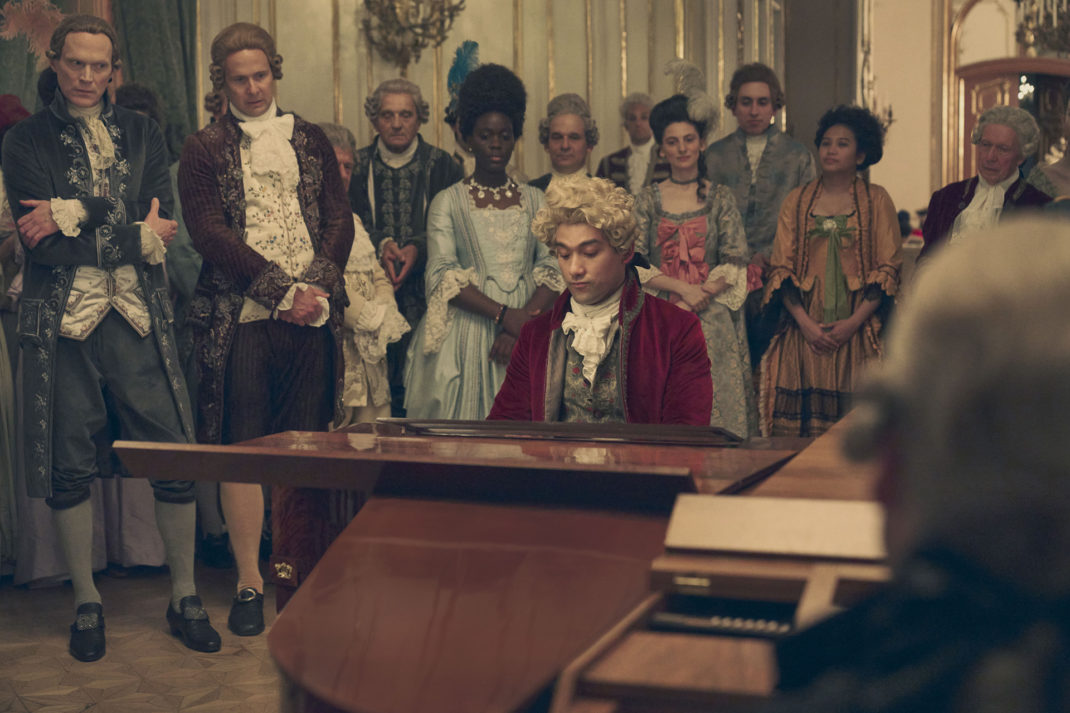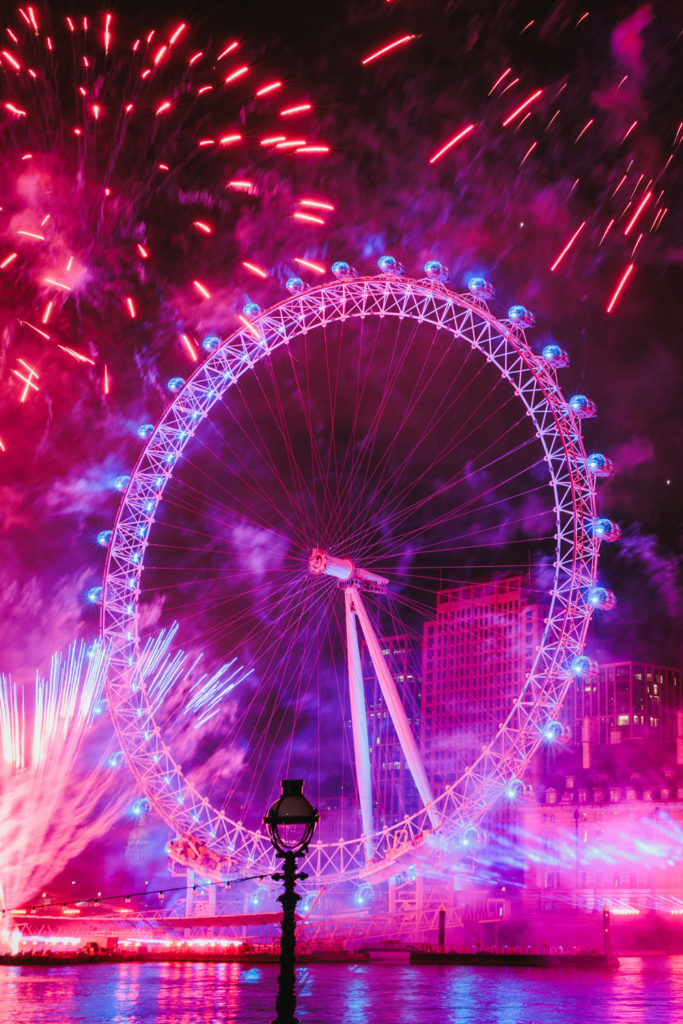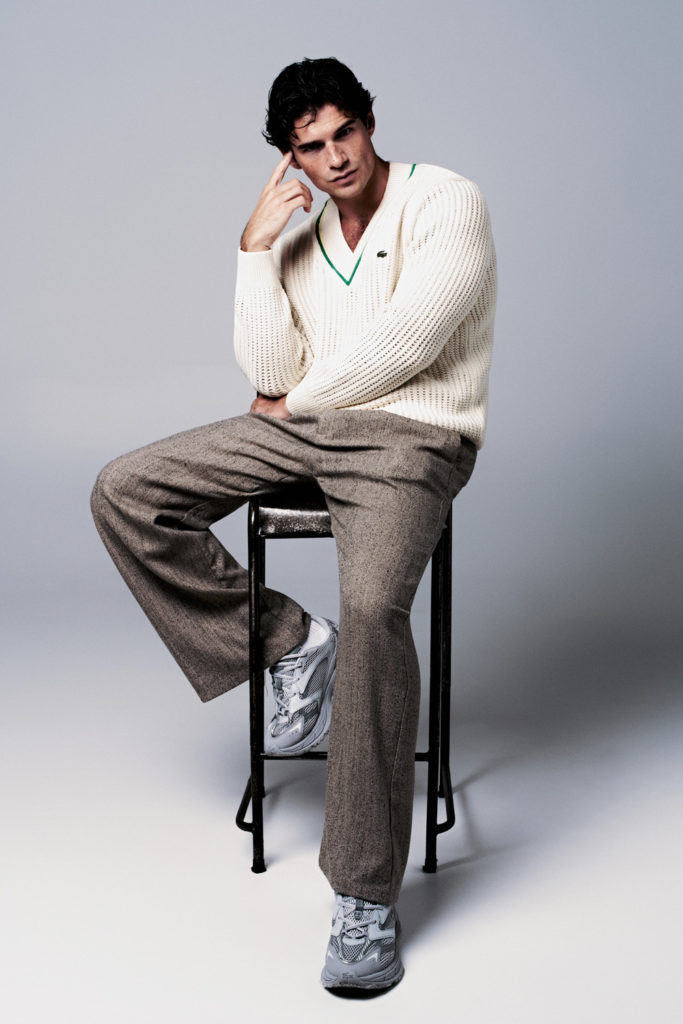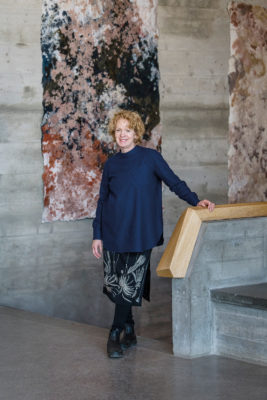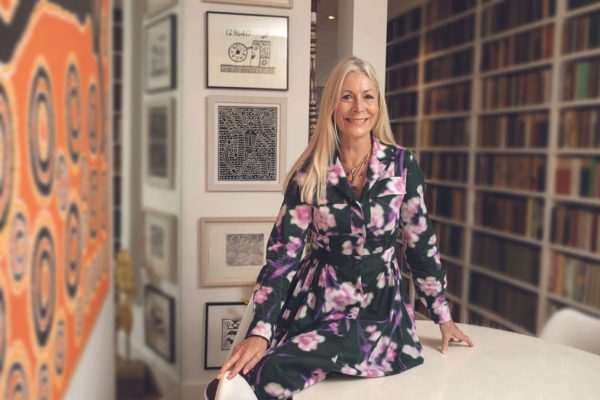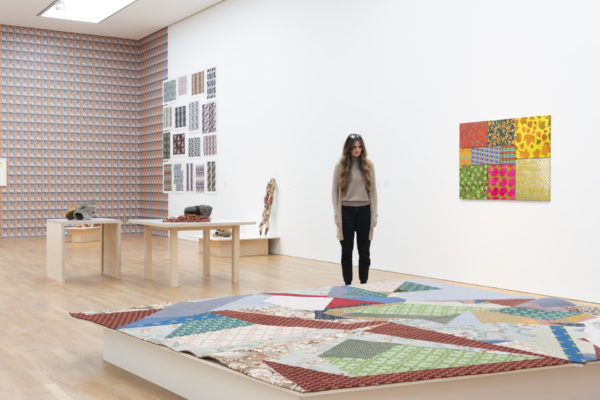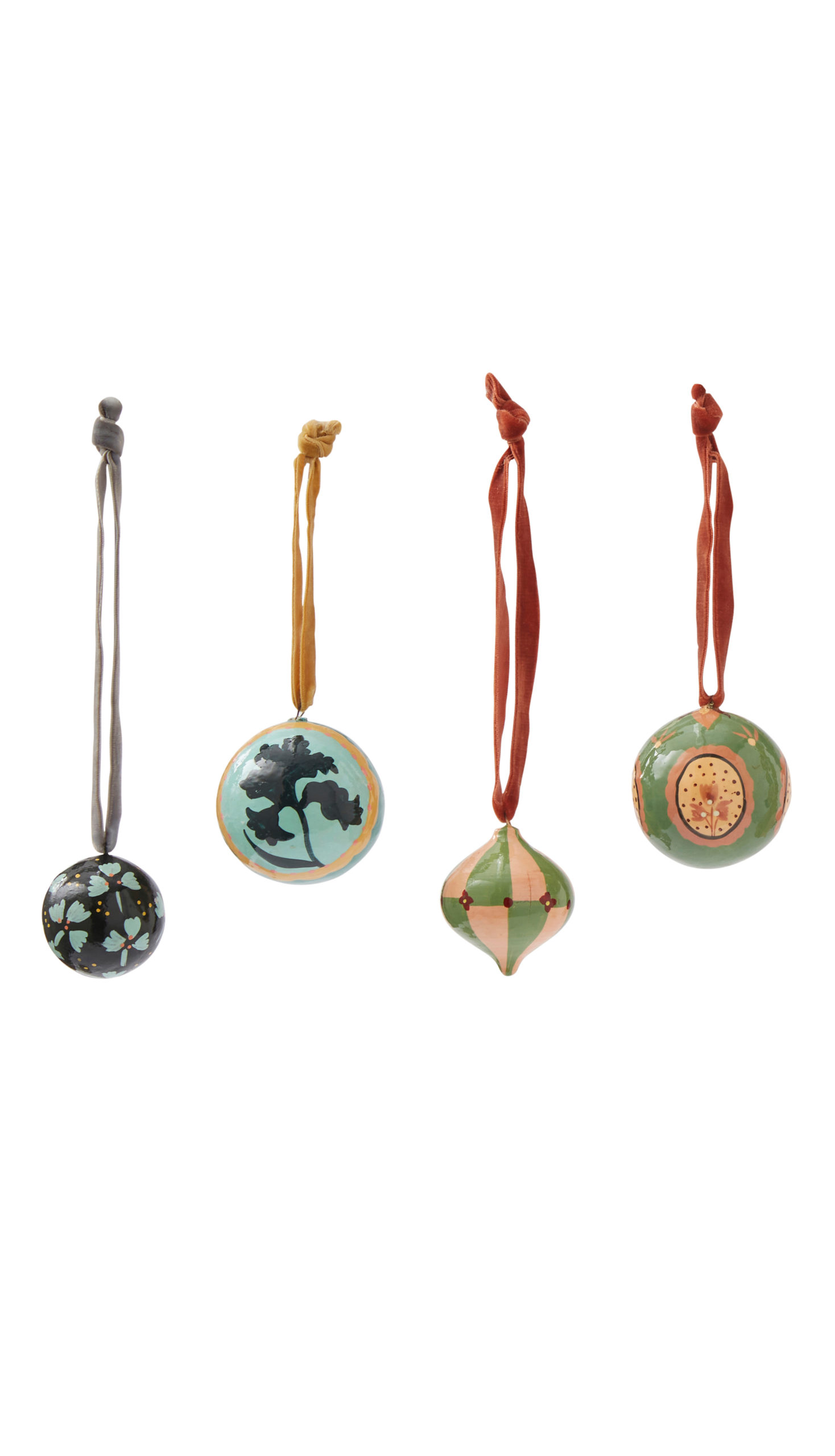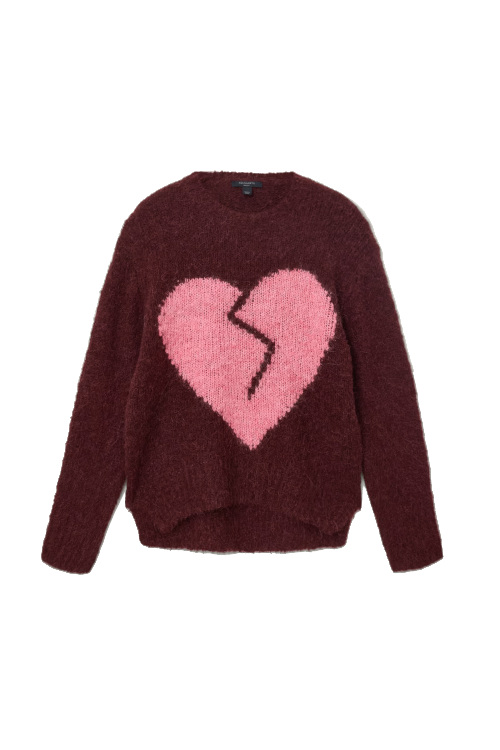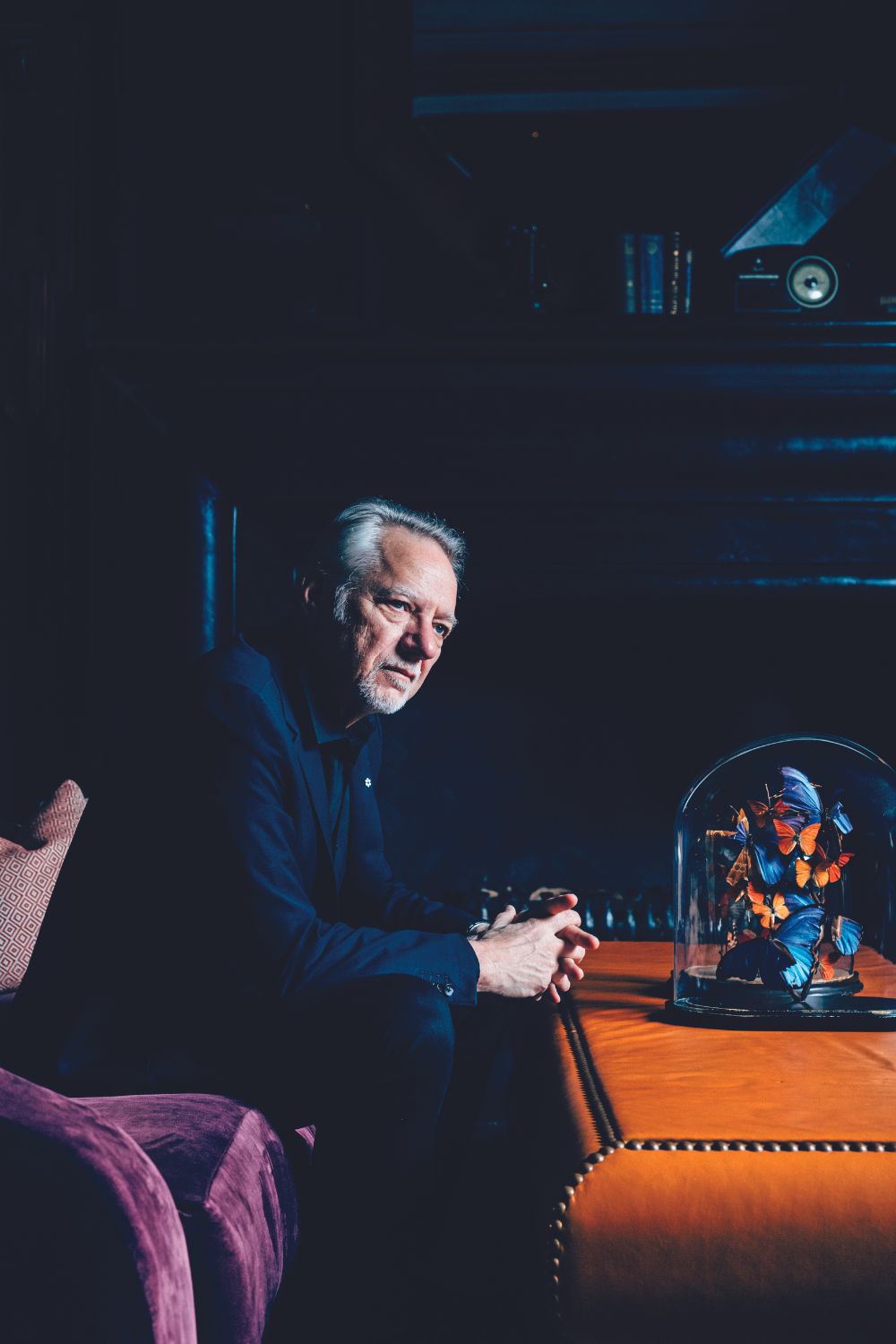
Conversations At Scarfes Bar: Edward Burtynsky
By
1 year ago
'Our greatest imperative now is to preserve our consciousness and our biodiversity'
Charlotte Metcalf meets photographer Edward Burtynsky, whose industrial landscapes have a monstrous beauty – and a vital message about preserving our planet.
Interview: Edward Burtynsky
Having seen Edward Burtynsky’s recent retrospective at the Saatchi Gallery, I am eager to meet him. When he arrives, he appears upbeat for someone who has spent much of his life creating images out of the catastrophically destructive impact of industrialisation.
From a distance many of his images look like huge, beautiful, expressionist paintings. Move closer and you see they are photographs, which appear to have been taken from miles up, showing landscapes decimated by humanity’s activity – logging, mining, quarrying, railways, rubbish dumping, ship-breaking, intensive agriculture, building. The beauty he finds in destruction comprises the central ambiguity at his work’s core, imbuing it with persuasive power that urges us to take the necessary drastic action to save our planet.
Ed grew up on Lake Ontario in St Catharines, a small town in which General Motors employed over a tenth of the population, including his father. Ed was familiar with factories from an early age and used to photograph them with the camera his father gave him at 11. He tells me matter-of-factly that his father died when he was 15 and it’s only later, when I probe a little, that I learn his father died from cancer, like many of his colleagues, as a result of working with the now-banned, highly carcinogenic PCB oils. These oils were used to weld the cars’ front ends, releasing a fine dust that corroded the lungs irreparably. It’s easy to see how Ed became preoccupied with industrialisation’s deadly side-effects.
Ed worked in the mining industry until he had saved enough money to buy a camera and began taking landscape colour photographs. ‘When I finally went to photography school, I was outside the zeitgeist,’ he says. ‘People were doing gritty black and white photography and no one else was seeing mines or logging operations as subjects for art, and no one was using colour photography for anything other than commercial projects. So teachers discouraged me, but that was what got me up in the morning.’ His single-mindedness paid off. Institutes and government offices began buying his work and grants followed.
Ed describes photography as the ‘minor miracle’ enabling him to transpose the 3D world into exquisite detail in the fraction of a second. ‘No way could you paint in that detail to be able to see every pebble in the mountainside,’ he says. ‘Photography was the ultimate realist tool, allowing me to use the entire planet as my lump of clay and form it into images.’
Those images have become known the world over via his books and films. His latest film, In the Wake of Progress, which I saw at Saatchi, reduced me and others to traumatised silence. The film came about in 2018 when Naomi Campbell approached him about Toronto’s Luminato Festival, asking if he could fill all 21 huge screens in Yonge-Dundas Square. ‘I wanted people to stop hurrying around in this epicentre of commerce, get caught up in the film for 20 minutes and think about the origins of the stuff in their shopping bags.’ Ed co-produced the piece with Canada’s top music producer, Bob Ezrin, known for his work on Pink Floyd’s The Wall, doing away with narration altogether and allowing the music to help the images speak. ‘The film starts by immersing you in a forest – the whole square was suddenly this big beautiful forest, as it would have been 500 years ago, a world away from the steel concrete and glass,’ explains Ed.
From there the film becomes a montage of images presenting evidence of the vicious way we have hacked into, scarred and gouged out great swathes of our earth to build our cities and feed our fast-growing populations. At the end, the film returns to the forest. I tell him how moved I was seeing a stag quietly cross the back of the screen.
‘I wanted to leave people with a sense of hope. Forests have water and where there’s water there’s life. Even horrifically polluted rainwater evaporates and is sucked up into the sky and falls down again to moisturise the earth,’ Ed says. ‘Even after all our transgressions, water can be a virtuous self-purifying material. We’re dislocated from our natural world but nature survives so there are grounds for optimism. I feel insanely wondrous at the planet’s incredible complexity and diversity. We emerged from stardust as mammals and here we are having this conversation today! Our greatest imperative now is to preserve our consciousness and our biodiversity. We’re the most intelligent species and very aggressive, quick to adapt. Such is the power of human ingenuity that we’ll invent the tech to figure out a way to save ourselves and our planet.’ But he admits he has one big fear: ‘Our oceans. We should have called our planet Ocean not Earth because oceans determine life and I’m scared that nothing in our toolkit can fix the catastrophic damage we’ve already done.’
As we part, I feel as I did when I left Ed’s exhibition – optimistic about humanity’s ingenuity, and appalled by our capacity for devastation. It’s precisely this ambiguity that gives his work its unforgettable monstrous beauty.
In Brief
Country cottage or penthouse?
We have a cottage on Georgian Bay on the southern shore of Lake Huron, made famous by so many landscape painters.
Gardening or theatre?
I saw Sarah Snook in The Portrait of Dorian Gray and it was incredible.
Dog or cat?
We have a little 12-year-old mutt poodle-schnauzer-cocker-spaniel crossbreed, called Barkley because he barks all the time.
Country pub or Michelin star?
The Huron Club is a pub with fantastic beer on tap. My guilty pleasure is its burger.
Wine or tea?
Wine, preferably a good red Burgundy.

